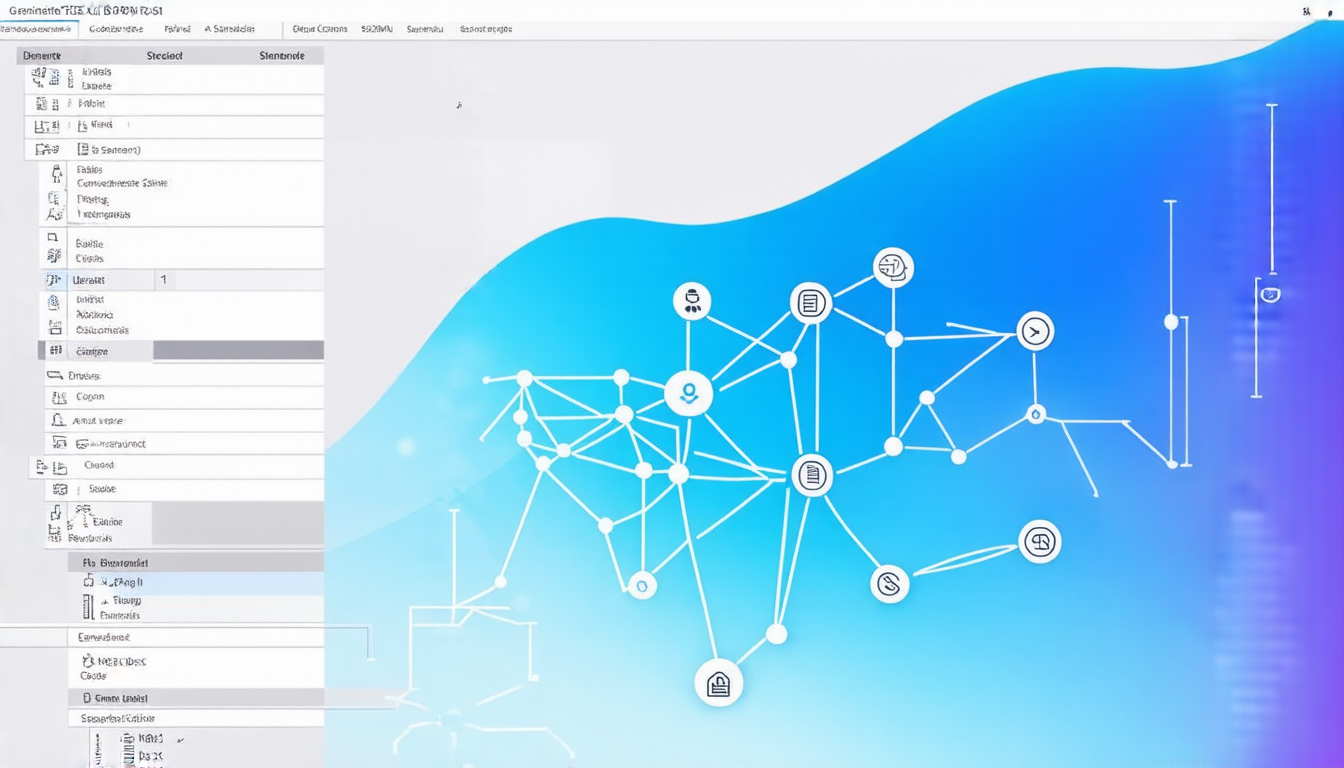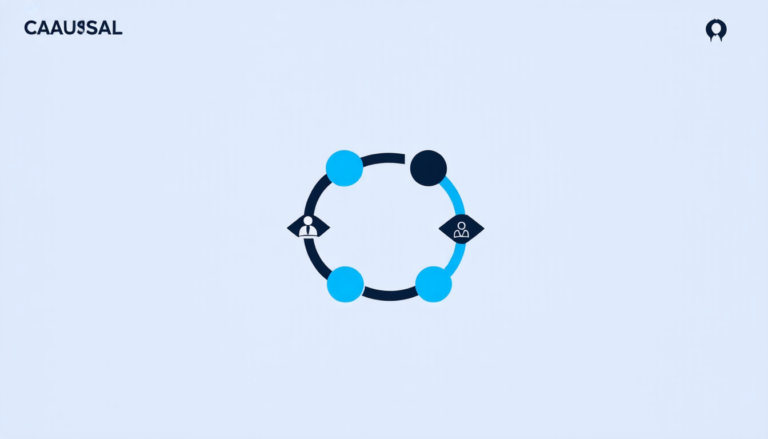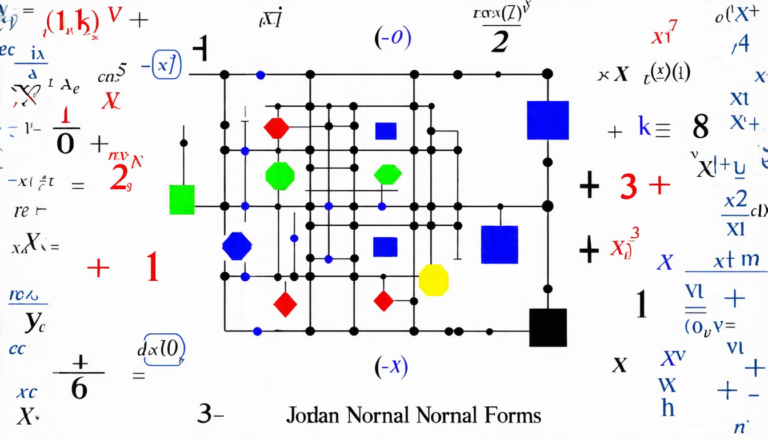Saturday 29 March 2025
A new breakthrough in machine learning has shed light on the mysteries of stochastic gradient descent, a fundamental algorithm used to optimize complex models. Researchers have made significant strides in understanding the behavior of this algorithm, which is used to train neural networks and other deep learning models.
The key insight comes from studying the relationship between the clipping threshold, the step size, and the convergence rate of stochastic gradient descent. Clipping thresholds are used to limit the magnitude of the gradients during training, preventing explosions or singularities in the optimization process. The researchers found that by carefully tuning these parameters, they could achieve faster convergence rates with better accuracy.
The study focused on the (L0, L1)-smoothness property, which is a common assumption made about the objective function being optimized. This property states that the Hessian matrix of the objective function has bounded eigenvalues, which allows for efficient optimization techniques. The researchers showed that by using adaptive clipping and gradient normalization, they could achieve faster convergence rates even in cases where the (L0, L1)-smoothness property does not hold.
One of the key findings is that the clipping threshold should be set based on the ratio between the L0 and L1 norms of the gradients. This allows for a trade-off between exploration and exploitation during training. The researchers also found that using an adaptive step size schedule can further improve convergence rates.
The study’s results have significant implications for machine learning research and practice. By understanding the behavior of stochastic gradient descent, developers can create more efficient and accurate models. This is particularly important in applications where computational resources are limited, such as mobile devices or embedded systems.
The researchers used a combination of theoretical analysis and experimental validation to support their findings. They tested their approach on several benchmark datasets, including MNIST and CIFAR-10, and achieved state-of-the-art results.
In addition to its practical implications, the study also sheds light on the fundamental principles underlying stochastic gradient descent. The researchers’ work provides new insights into the interplay between clipping thresholds, step sizes, and convergence rates, which can inform future research in this area.
Overall, the study demonstrates the importance of carefully tuning hyperparameters during training and highlights the need for more nuanced understanding of the optimization process. By achieving faster convergence rates with better accuracy, researchers can create more efficient and effective machine learning models that can be applied to a wide range of applications.
Cite this article: “Unlocking the Secrets of Stochastic Gradient Descent”, The Science Archive, 2025.
Machine Learning, Stochastic Gradient Descent, Optimization, Clipping Thresholds, Step Size, Convergence Rate, Neural Networks, Deep Learning, Adaptive Clipping, Hyperparameters







